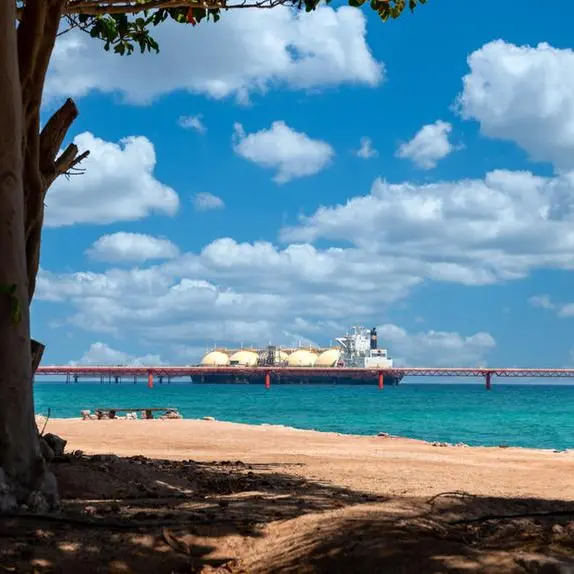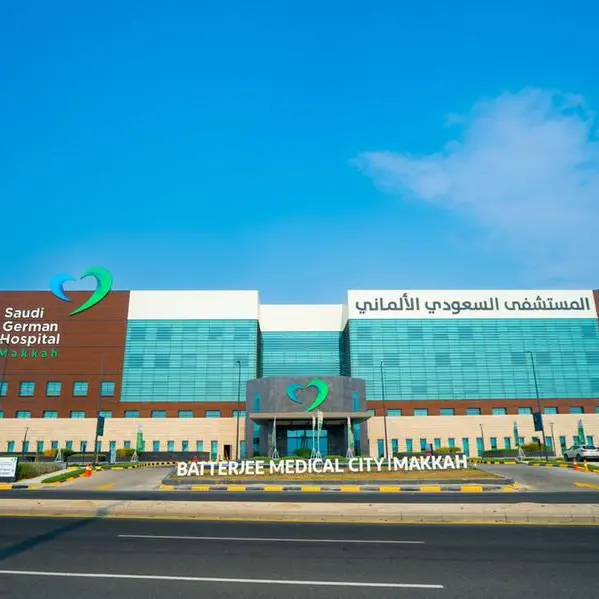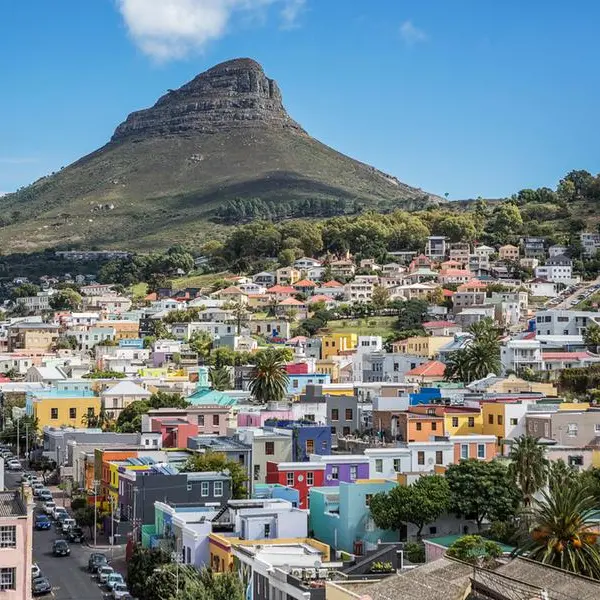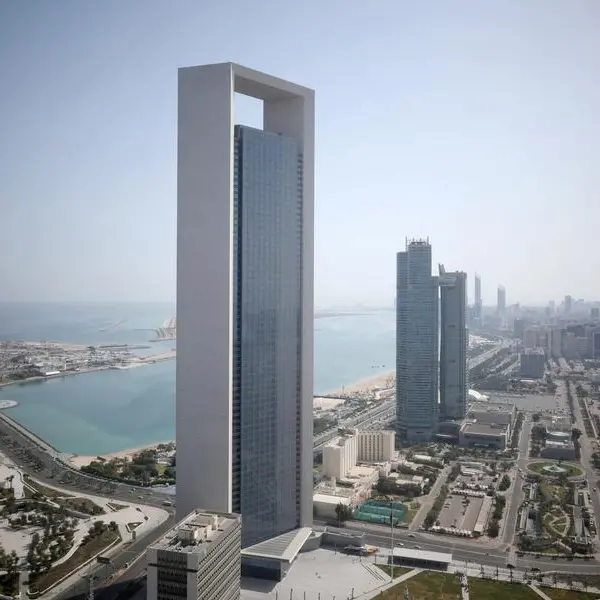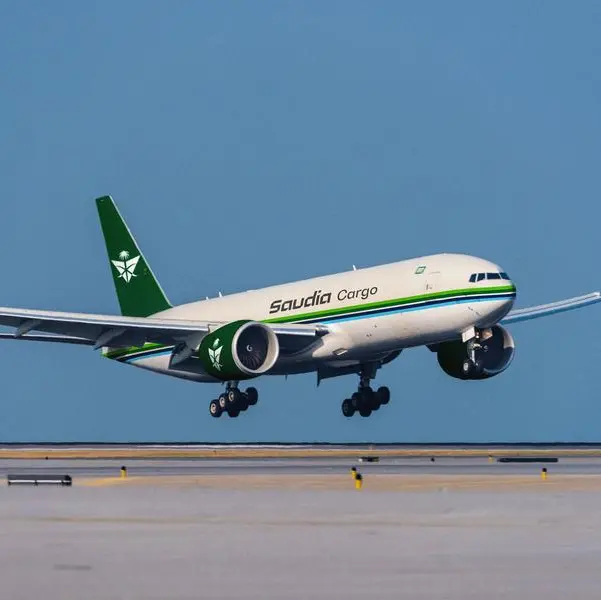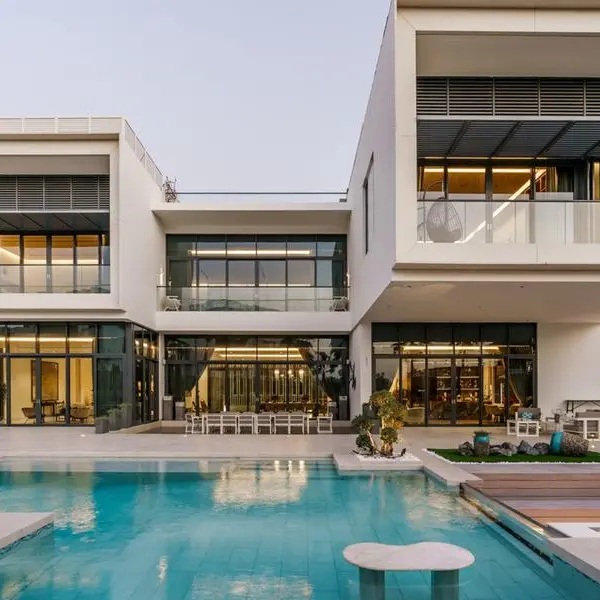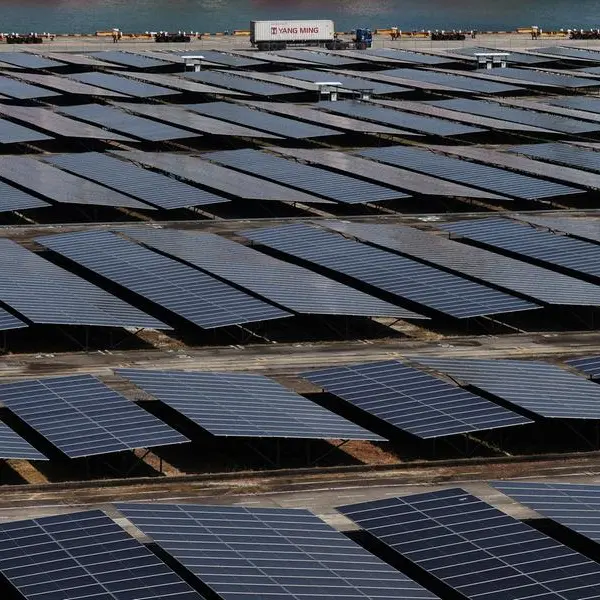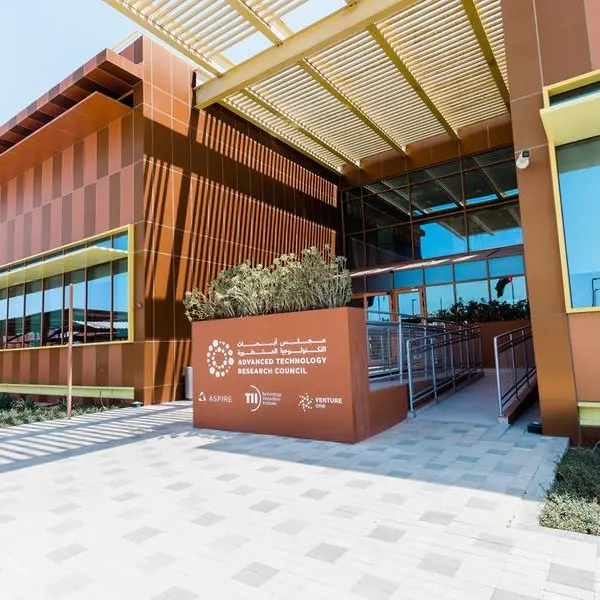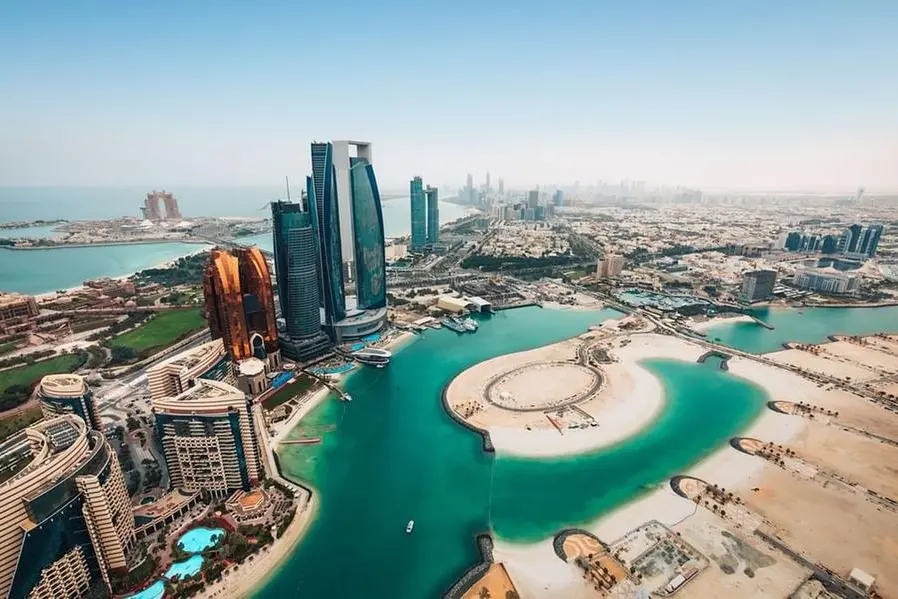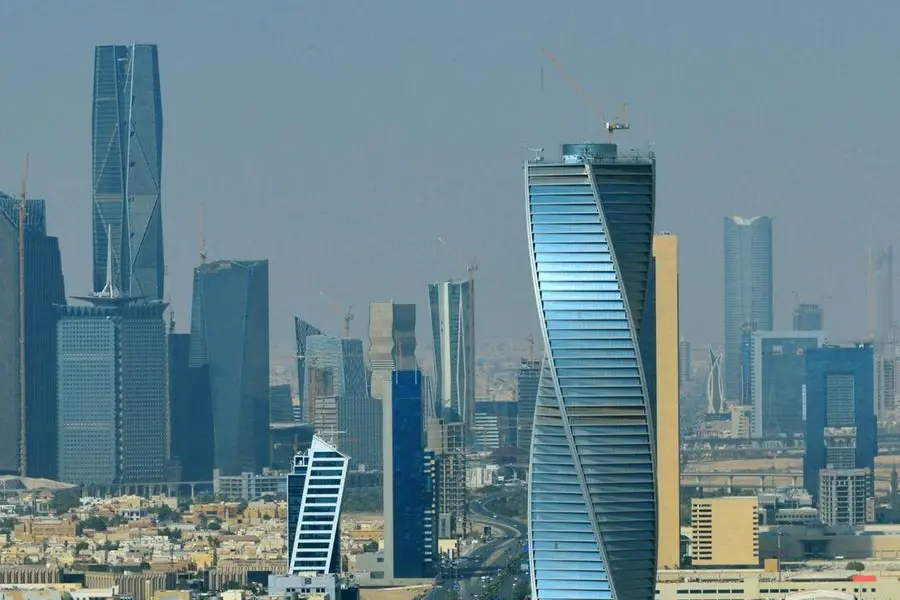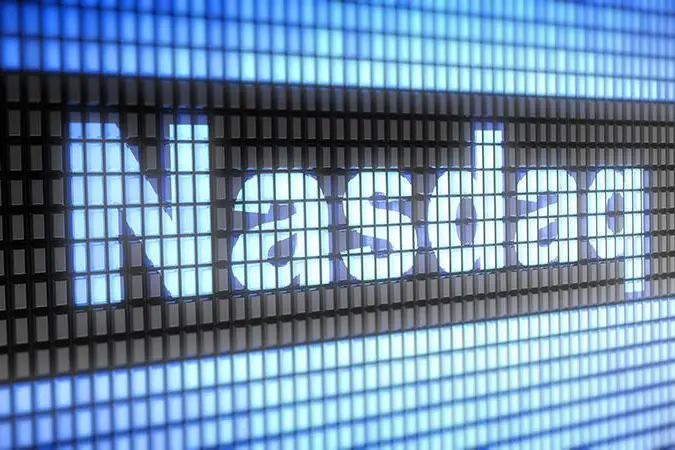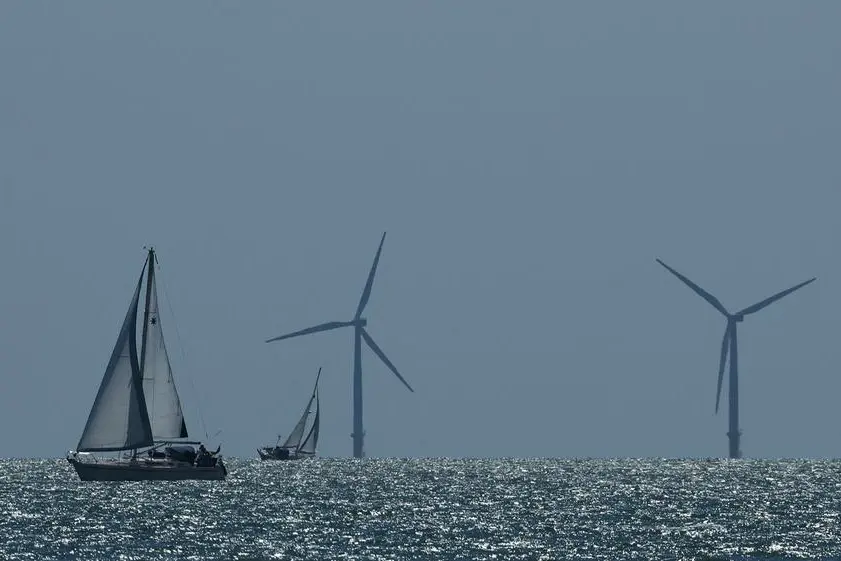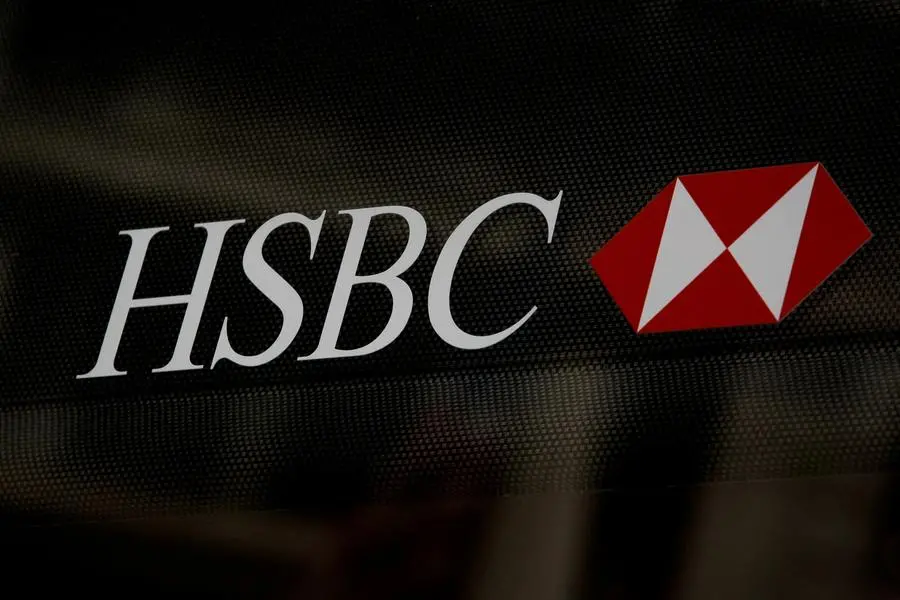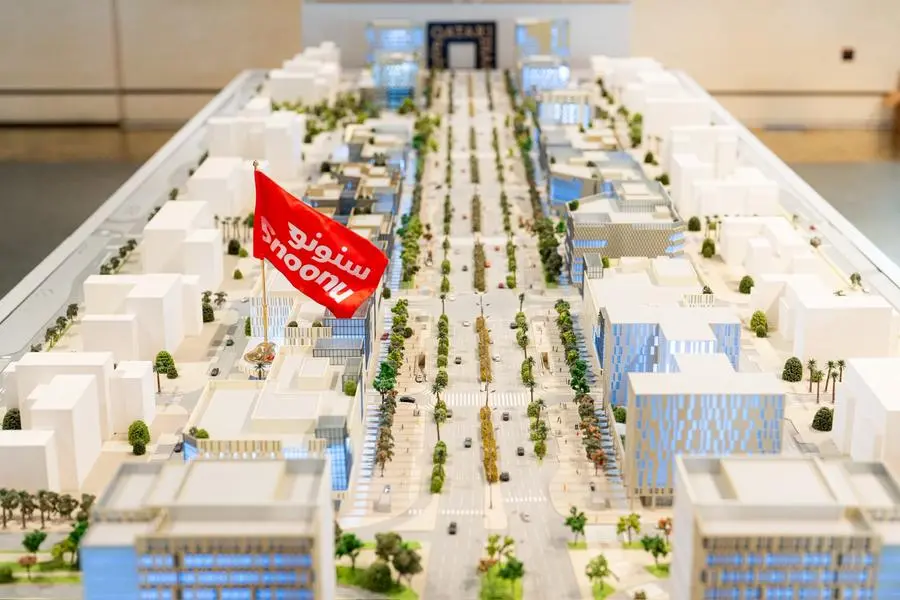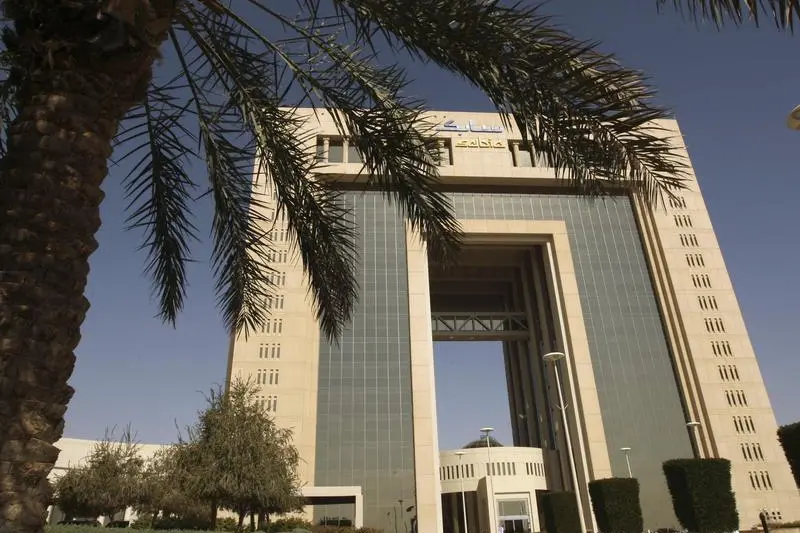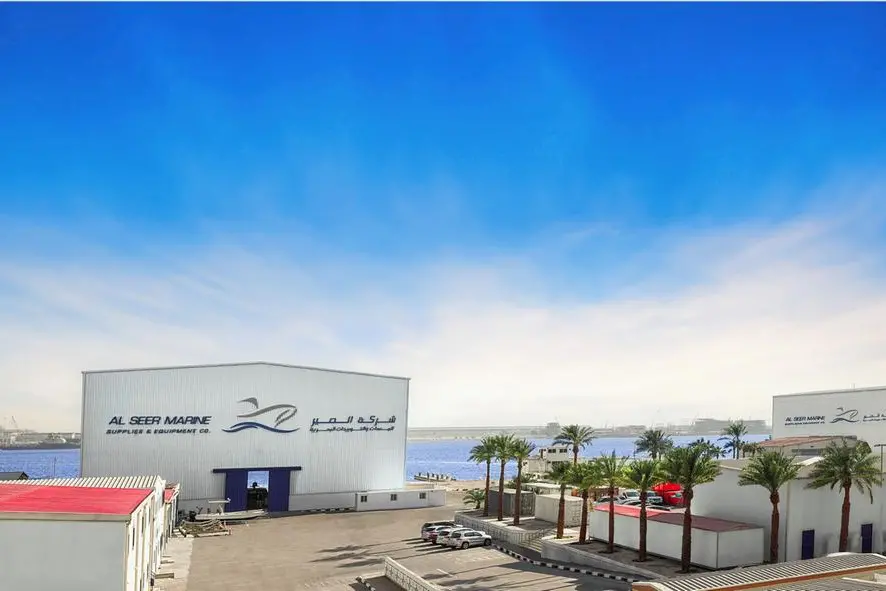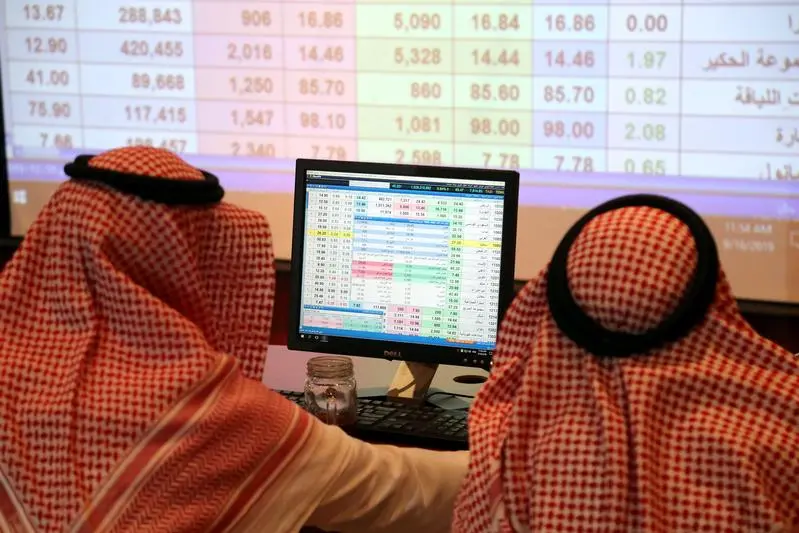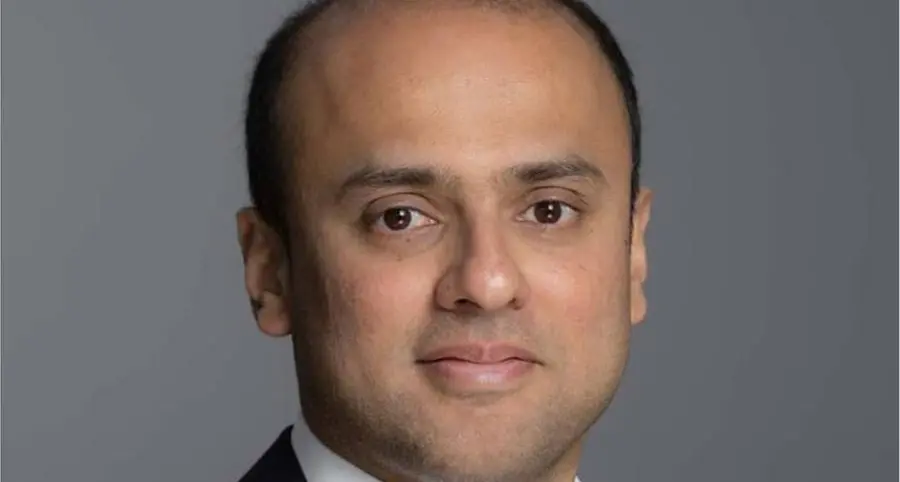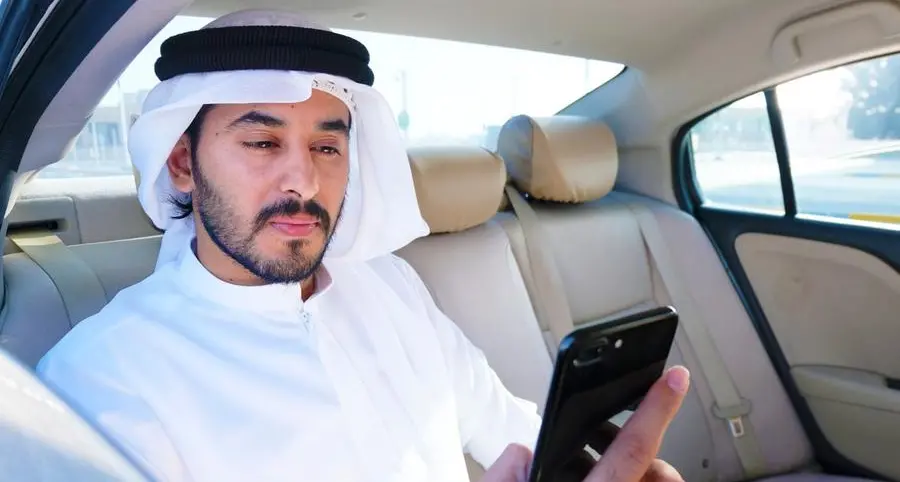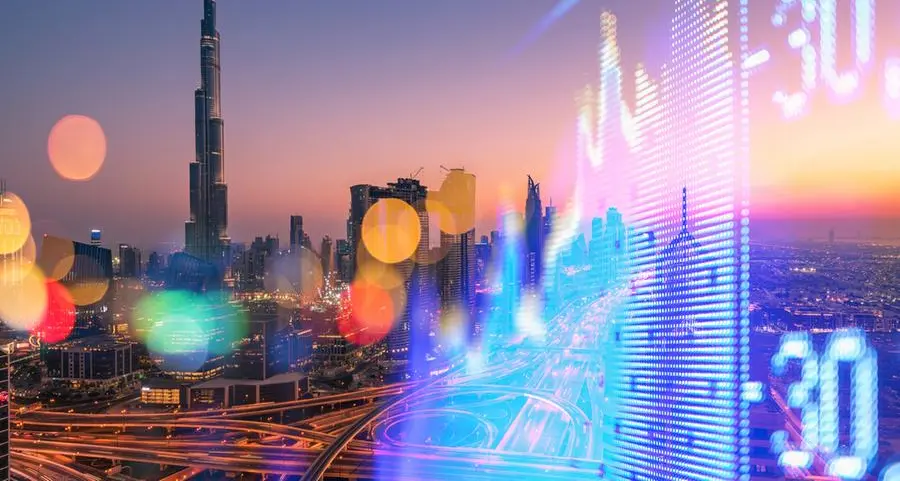JEDDAH: Jeddah's Al-Ruwais district is probably best known elsewhere because it was the location of the December 2004 attacks on the US Consulate. Some may know it as the home to the city's largest graveyard that gives the district its name.
But under a new development plan, Al-Ruwais is set to be transformed dramatically into a modern, high-rise district and will totally change the face of Jeddah. A complete new residential and commercial district is set to arise, replacing the current warren of back streets and now often shabby villas built in the 1960s. It will shift the focus of Jeddah back to the center, away from the city's fashionable north.
Al-Ruwais dates back 150 years and is one of the oldest districts outside of the old city (Balad), along with Al-Nuzla and Bani Malik.
"Its residents were fishermen and sailors," said Saudi columnist Mohammad Sadiq Diab.
In fact, locals used to call Al-Ruwais the "sailors' district."
"Among the distinguished individuals who have lived in Al-Ruwais are the head of the Jeddah Islamic Port, Ibraheem Redwan, and the two businessmen Abdullah Al-Sharbatly and Abdullah Ashmawi," added Diab.
Today Al-Ruwais is the new heart of Jeddah, bordered by four main arteries: Andalus St. in the west, Falasteen in the north, Madinah Road in the east and King Abdullah Road in the south.
The district is located halfway between two of Jeddah's well-traveled areas: the Balad (the old city) and the popular retail strip of Tahlia St. The district is also close to the shore and nearby the prestigious Al-Hamra district.
Municipal officials estimate that 794,400 sq. meters of the district's 2.1 million sq. meters have been developed with little or no planning. Many undocumented migrants and visa overstayers beg in the streets of these areas.
Currently, major projects are under way in the district -- an initiative of Makkah Gov. Prince Khaled Al-Faisal. The first step of this development project has been achieved through the field inspections to generate data about the district, conduct surveys and increase awareness amongst residents for them to cooperate with officials to transform the area.
The field inspections start during working days in two shifts -- the morning shift from 9 a.m. till noon. Another tour is undertaken in the evening.
Arab News accompanied representatives from Al-Ruwais International Company for Real Estate Development and the Baladiyyah (Jeddah's municipal headquarters) in the morning tour.
Fawaz Al-Qahtani, the representative of Al-Ruwais Company, said that one of the difficulties they face is that some accommodations are locked, some owners are not present at the location while some others refuse to enroll in the development program.
It is common to see in Al-Ruwais children playing on the streets during school hours and poorly constructed homes built next to new buildings. The district is mainly occupied by non-Saudis who not only live in poor rented accommodations but also run small businesses in the area. Nine schools and 19 mosques serve Al-Ruwais.
The district is home to a diverse population from Arab world and Asian countries working in low-income jobs. More than half of the surveyed residents said they have been living in the area for over 10 years.
By Fatima Sidiya & Omaima Al-Fardan
© Arab News 2009
